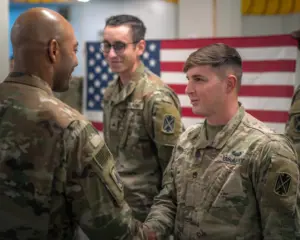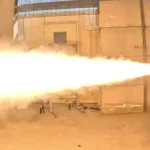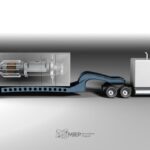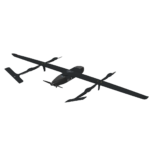
Developing training around counter-drone systems and capabilities has proven to be the “most challenging” role of the relatively new Defense Department joint office that is overseeing the development of capabilities to detect, track, identify and defeat small unmanned aircraft systems (sUAS), the head of the office said this week. The Joint Counter-sUAS Office (JCO) has three main roles including developing, testing, and evaluating counter-drone systems, framing joint doctrine, and training, Maj. Gen. Sean Gainey said on Tuesday at the annual…

 By
By 











